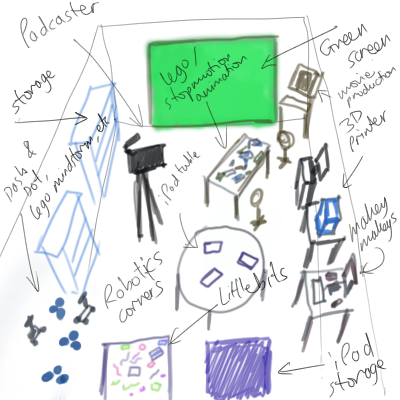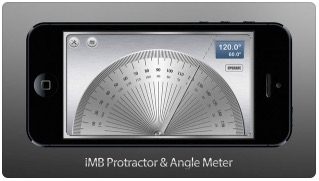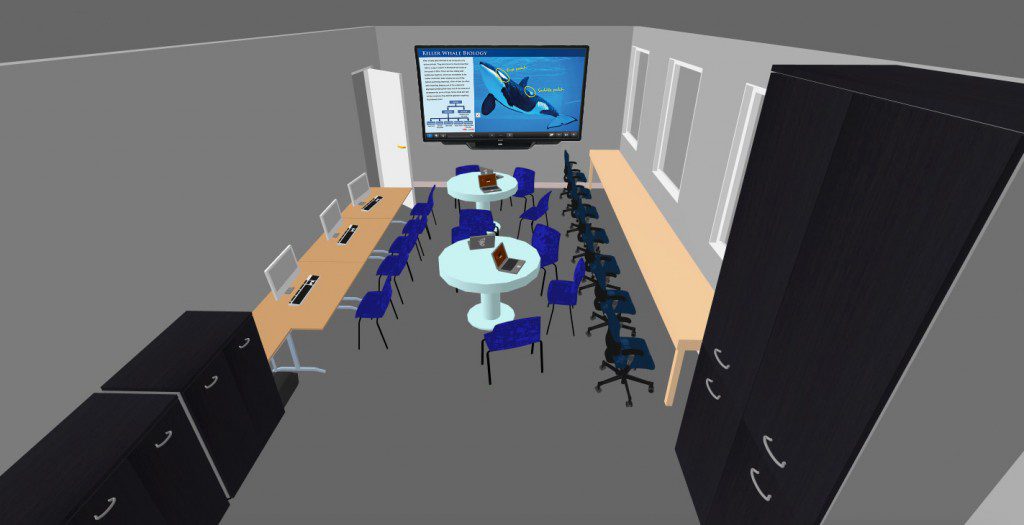Over the last several weeks, our digital leaders and I have been working together to plan for and create a makerspace in school. We have already selected a room that will be the makerspace – the current Reading Room.


We just need to move the books out of this room and into our Staff Development Office, then finally, move the necessary materials and resources in! Before getting started with this endeavour, I’m sharing my notes here about what a makerspace is, why they exist and how to create them:
What is a Makerspace?
A makerspace is a unique, multipurpose learning environment that encourages tinkering, play and open-ended exploration. Such activities demand an enquiry-based approach, and they epitomise what progressive education is all about. The central idea to a makerspace is that children learn by doing.
The only thing that is required of a makerspace is a room with appropriate materials and resources, to encourage learners to make. From the outset, it is important not to limit students to STEAM (Science, Technology, Engineering, Art, Maths) projects alone. The idea that a Makerspace is just for STEAM classes is a common misconception. Making can be anything to anyone. I particularly like, for example, the slogan from littleBits: “Make something that does something.”
Why use a Makerspace?
Pedagogically speaking, the whole maker movement is underpinned by the idea of “constructionism”, which has been coined by Seymour Papert, and it’s a similar-sounding term to constructivism. Where constructivism is a well-established theory of learning indicating that people actively construct new knowledge by combining their experiences with what they already know, constructionism takes things a step further. Although the learning happens inside the learner’s head, Papert’s constructionism states that this happens most reliably when the learner is engaged in a personally meaningful activity outside of their head that makes the learning real and shareable.
According to Sylvia Martinez and Gary Stager (2013), authors of Invent to Learn:
‘This shareable activity may take the form of a robot, musical composition, poem, conversation, or new hypothesis… This is much more than “hands-on” learning. The meaningful part of constructionism is not just touchy-feely new age language. It acknowledges that the power of making something comes from a question or an impulse that the learner has, and is not imposed from the outside… We seek to liberate learners from their dependency on being taught.’
By creating a makerspace, students are given the opportunity to take ownership of their own learning as they explore their own passions. Nevertheless, it is still possible to teach basic skills, then flip your makerspace, so that students can innovate and build on what they have learnt. In this way, makerspaces are a fantastic way to bring creativity into learning and support deeper learning. Makerspaces are also the perfect environments in which to challenge students, to try to solve problems in new ways. These challenges can be created by either teachers or students. What is particularly exciting about makerspaces, is how they can impact lessons, as teachers can become more innovative owing to the new tools available.
How do we Plan for a Makerspace?
Simon Sinek’s book, Start With Why, talks about the importance of knowing your why: the purpose, cause or belief that inspires you to do what you do. This is as important to keep in mind when designing a makerspace as just about any other venture. According to Laura Fleming, author of The Kickstart Guide to Making Great Makerspaces, great makerspaces begin with a vision for driving their space. Providing our digital leaders with post-its, I asked them to first begin writing down what core values our makerspace should have:
After much discussion, we settled on:
– Learning, Resilience & Teamwork
To keep things simple and child-friendly, these makerspace core values also form our overarching vision statement. Watch this space – more to come in Part 2!
In the meantime, Laura Fleming notes the following free apps, which are great to use for BYOD as a portable digital toolbox for students:











